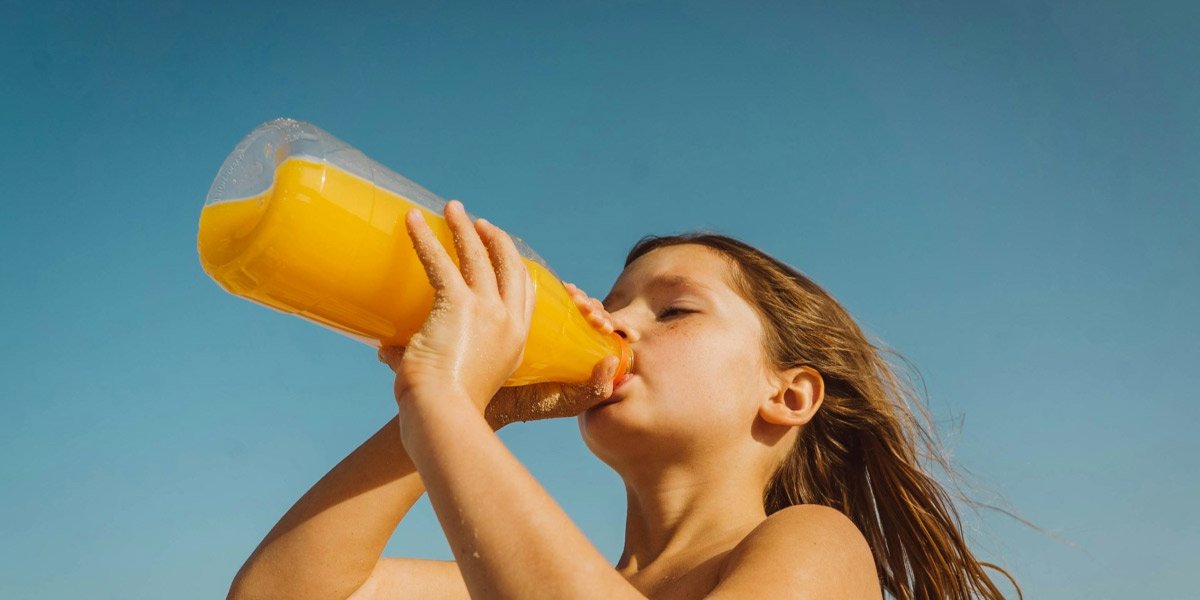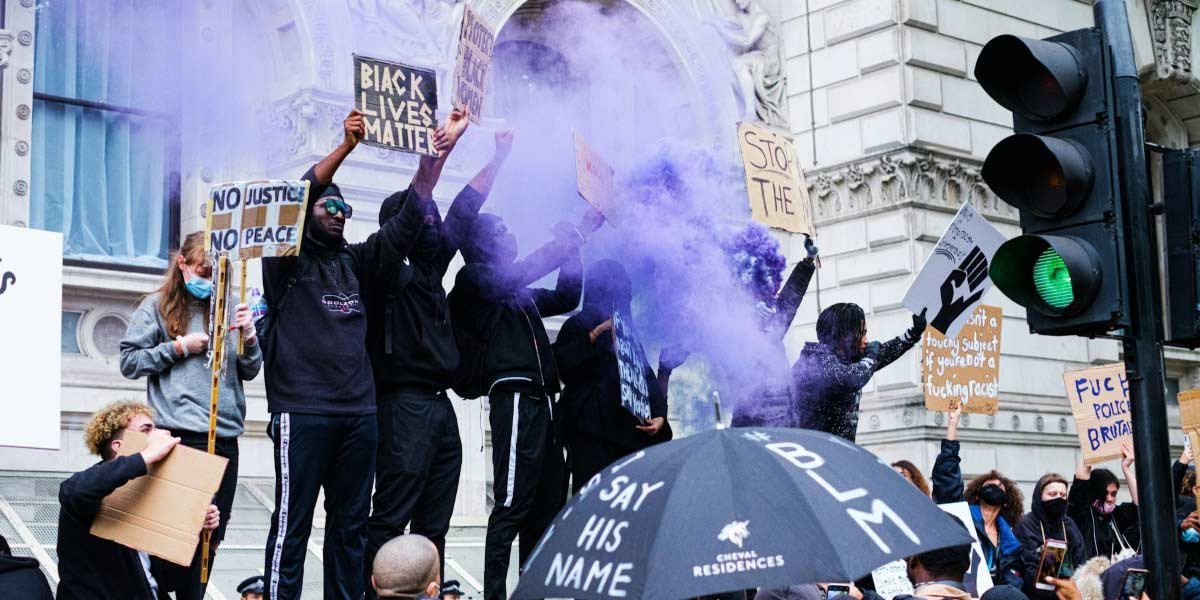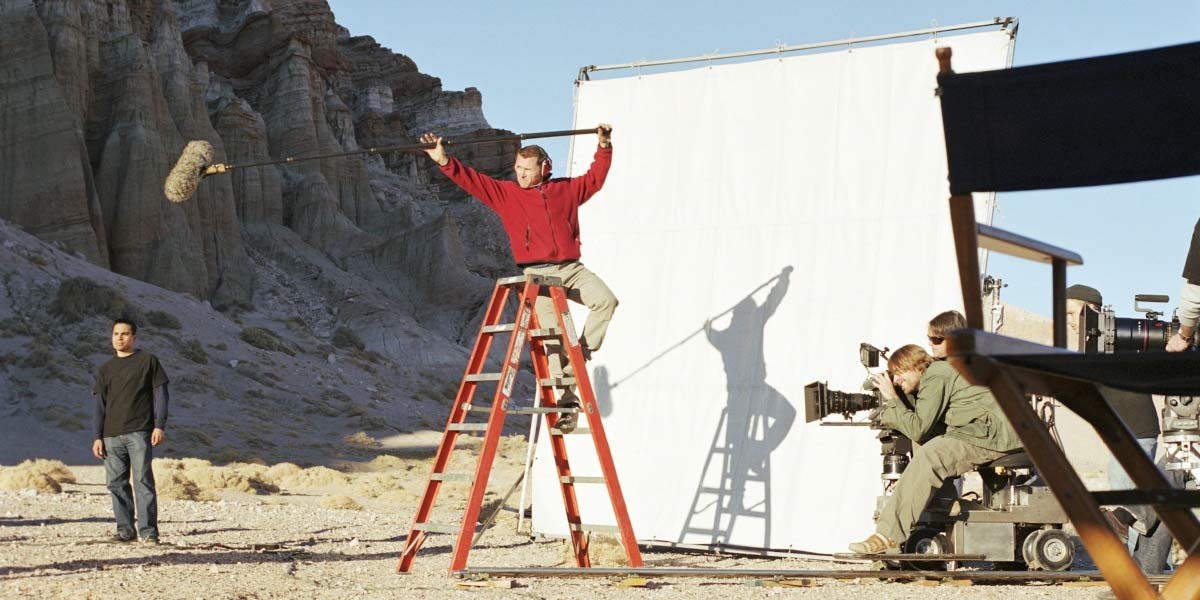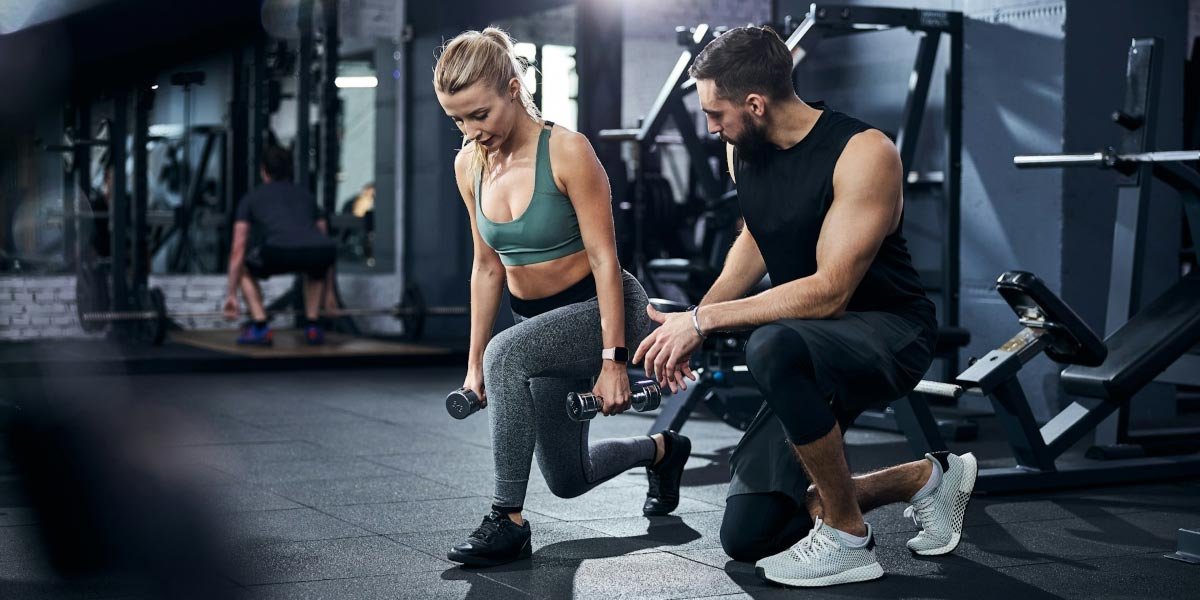Film production is an intensive process that requires long hours, close contact among crew members, and work in a variety of locations, some of which may pose health risks. The dynamic nature of film sets presents unique challenges, making it essential for productions to implement robust health and safety measures. To keep the crew healthy and prevent sickness, filmmakers adopt a range of strategies, from pre-production planning to on-set hygiene and medical preparedness. This article explores the key measures film crews take to avoid illness during production.
Read also: Secrets to Maintaining Fitness During Demanding Projects
Pre-Production Planning
Risk Assessment
A thorough risk assessment is essential before filming begins. Production teams must evaluate potential health hazards associated with locations, stunts, special effects, and equipment usage. By identifying risks in advance, crews can develop mitigation strategies such as implementing safety barriers, adjusting work schedules, or providing additional protective equipment.
Health and Safety Policies
Establishing clear health and safety policies ensures that all crew members understand the protocols they must follow. These policies should outline procedures for handling medical emergencies, hygiene expectations, and occupational safety regulations. Production teams must also ensure that all crew members are aware of these policies through regular communication and training.
Training and Education
Safety Training Sessions
Before filming begins, crew members should participate in safety training sessions. These sessions cover general health and safety practices, emergency response procedures, and specific risks associated with the production. Training should be mandatory for all new crew members and updated regularly to keep up with industry standards.
Continuous Education
Health and safety training should not be a one-time event. Continuous education programs help crews stay updated on evolving safety protocols, new equipment, and industry best practices. Encouraging open discussions about safety concerns allows for collective problem-solving and enhances workplace safety.
On-Set Safety Measures
Personal Protective Equipment (PPE)
Depending on the nature of the shoot, PPE such as masks, gloves, safety glasses, hard hats, and steel-toed boots may be required. Ensuring that crew members have access to and properly use PPE reduces the risk of injury and illness. Additionally, providing specialized equipment, such as respirators for hazardous environments, enhances crew protection.
Sanitation and Hygiene
Good hygiene is crucial to preventing the spread of illness on set. Regular handwashing, readily available hand sanitizing stations, and frequent disinfection of equipment and common areas minimize health risks. Crew members should be encouraged to maintain personal hygiene and avoid sharing personal items such as water bottles and makeup tools.
Marking Hazardous Areas
Film sets can be complex environments with multiple moving parts. Clearly marking hazardous zones, emergency exits, and safety pathways helps prevent accidents. Safety tape, signage, and visual indicators ensure that all crew members are aware of potential dangers.
Health Monitoring
Regular Health Screenings
Regular health screenings can help detect illnesses before they spread. Productions may implement daily temperature checks, symptom screenings, or periodic medical evaluations to monitor crew health. If a crew member exhibits symptoms of illness, they should be encouraged to seek medical attention and avoid coming to work until they recover.
Mental Health Support
Film production can be a high-stress environment, which can take a toll on mental health. Providing access to counseling services, promoting a culture of openness, and encouraging work-life balance are essential for supporting crew members’ overall well-being.
Work Schedule Management
Limiting Working Hours
Fatigue-related illnesses and accidents are common in the entertainment industry due to long working hours. Implementing work-hour limits, such as “Brent’s Rule,” which restricts shooting days to 12 hours or less, helps prevent exhaustion and illness. Crew members should also be given adequate breaks between shifts to recover.
Adequate Rest Periods
Ensuring sufficient rest periods between workdays allows crew members to recharge physically and mentally. Production teams should monitor workloads to prevent burnout and encourage time off when necessary. A well-rested crew is more productive and less prone to illness.
Emergency Preparedness
Clear Communication Channels
Having clear communication channels for reporting health and safety concerns is essential. Crew members should know whom to contact in case of an emergency and feel comfortable reporting potential hazards without fear of repercussions. Proper documentation and swift responses to health concerns can prevent minor issues from escalating.
First Aid and Medical Support
Film sets should always have trained medical personnel or first aid responders available. Having well-stocked first aid kits and medical supplies on-site ensures quick access to care if needed. Additionally, knowing the locations of nearby medical facilities and having emergency contacts on hand can be life-saving in critical situations.
Read also: The Hollywood Mystery: Why Stunt Doubles Are Essential
Compliance and Supervision
Safety Officers
Designating qualified individuals responsible for overseeing health and safety compliance helps enforce protocols and address violations. Safety officers ensure that all measures are followed, conduct inspections, and provide guidance on best practices.
Regular Inspections
Routine inspections help ensure adherence to safety measures and identify potential hazards before they become problematic. Documenting findings and implementing corrective actions keep the film set safe for all crew members.
By integrating comprehensive health and safety measures into the production process, film crews can create a safer working environment. From pre-production risk assessments to on-set hygiene practices and emergency preparedness, each step plays a crucial role in minimizing the risk of sickness. Prioritizing crew well-being not only enhances productivity but also contributes to a positive and professional work atmosphere. As the film industry continues to evolve, maintaining high health and safety standards remains essential to ensuring smooth and successful productions.















